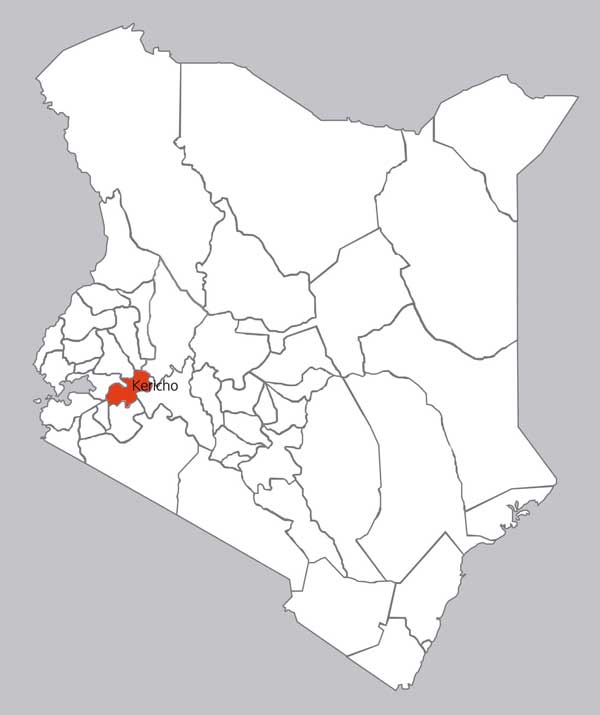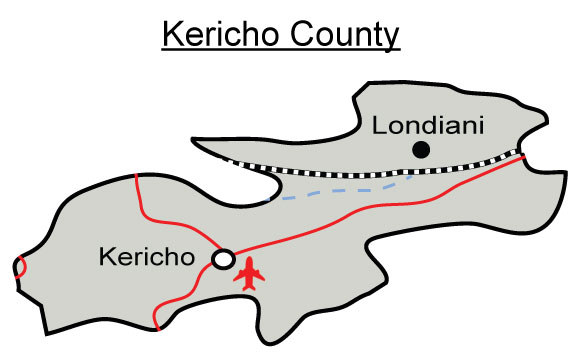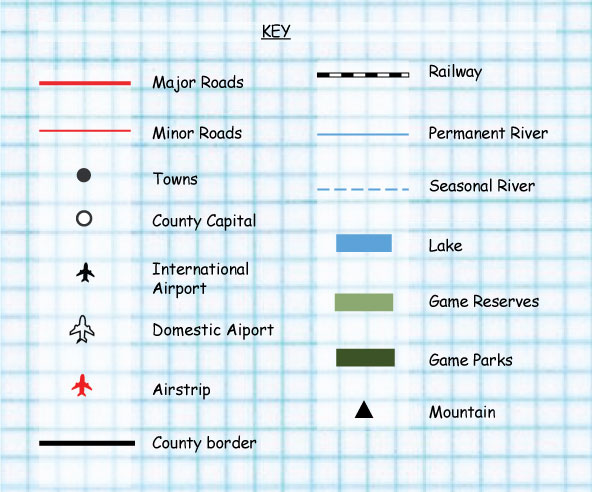It has a population of 752, 396 according to 2009 census. Its capital and largest town is Kericho. Kericho County is home to the best of Kenyan tea which is renowned worldwide for its taste with its town square even known as Chai Square. Some of the largest tea companies including Unilever Kenya, James Finlay and Williamson Tea are based here. It is also home to the popular Ketepa brand.

Six constituencies:
Rivers
Lakes
Hills
Valleys


A favorite local meal is Maize meal(kimyet), enjoyed with vegetables and beef. An almost constant accompaniment is a glass of sour milk locally known as Mursik. Tea is also widely consumed in this area, taken three times a day; at dawn, at mid-morning and at four o’clock. Tea after the evening meal is also common.
Herbs were used an immediate relief to injuries among family members and friends. They had each clan had a specialist trusted with that particular responsibility. They a variety of plants that each treated a particular illness.
According to Kipsigis names were given at birth, as individual matures, during initiation and has he/she marries. The name carries both the culture and identity of the person. Our cultural name tells where we belong to. The following factors were considered in naming;
Naming according to time of birth, events, ancestors, place of birth, seasons, the situation of birth, the character, body posture, after heroes and heroines to time of Birth
The initiation also imparts traditional morals do's and don'ts such as "never kill a surrendered enemy" and "the loot should be abandoned if blood was shed in its procurement." Young men are taught they are the people's defense from the rest of the non-Kipsigis world. The Kipsigis believe that having no morals can do more harm than good. Girls return from initiation with the expectation they will soon be married.
Harvest ceremonies were held in September and October respectively to mark the change in Seasons. They danced and sacrificed to mark and special occasion. Sacrifices were done by the elders dancing was done by young boys and girls.
They made drums from animal skin which they used to produce beats that they used with their music.
Major trading centres